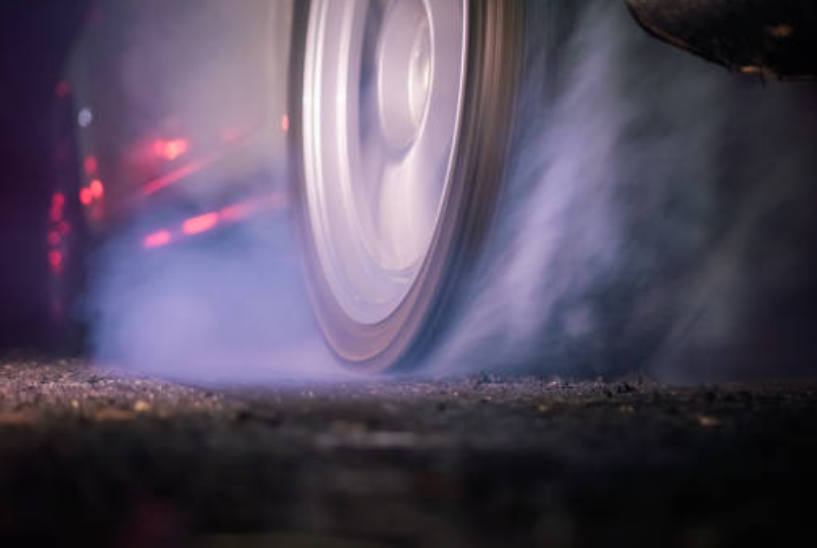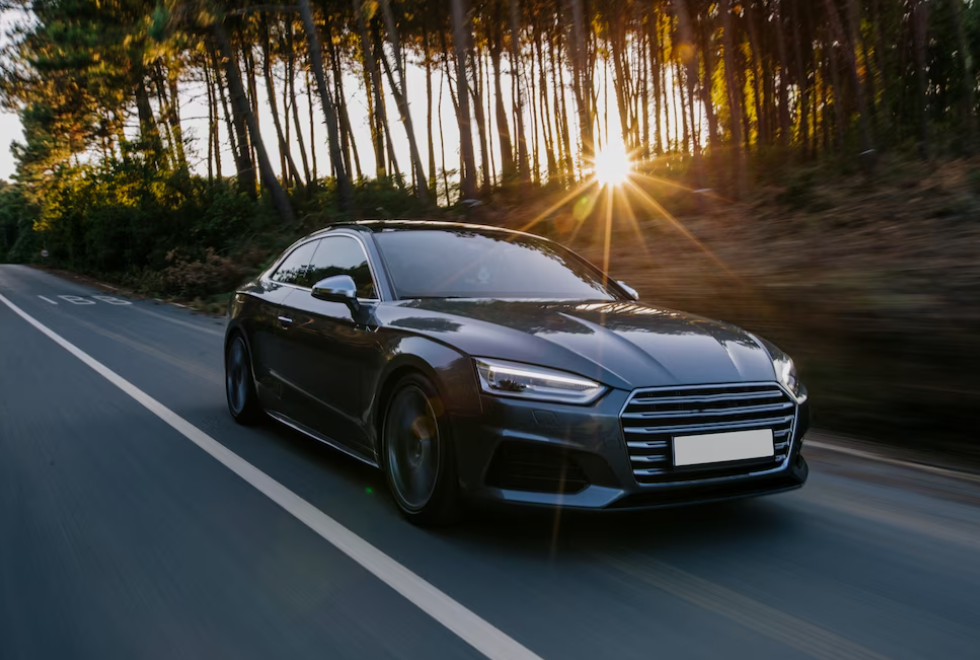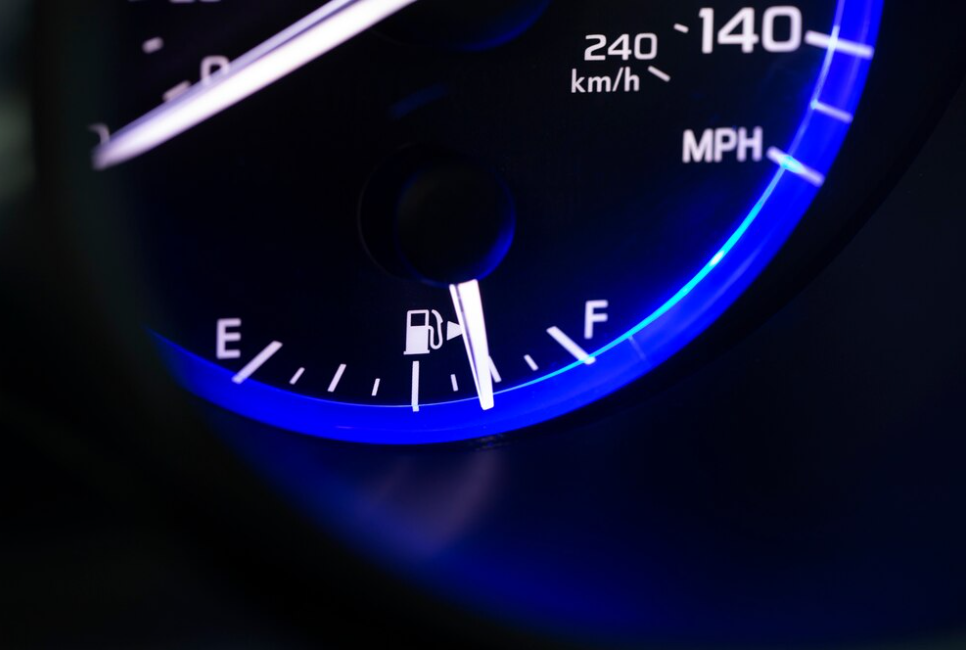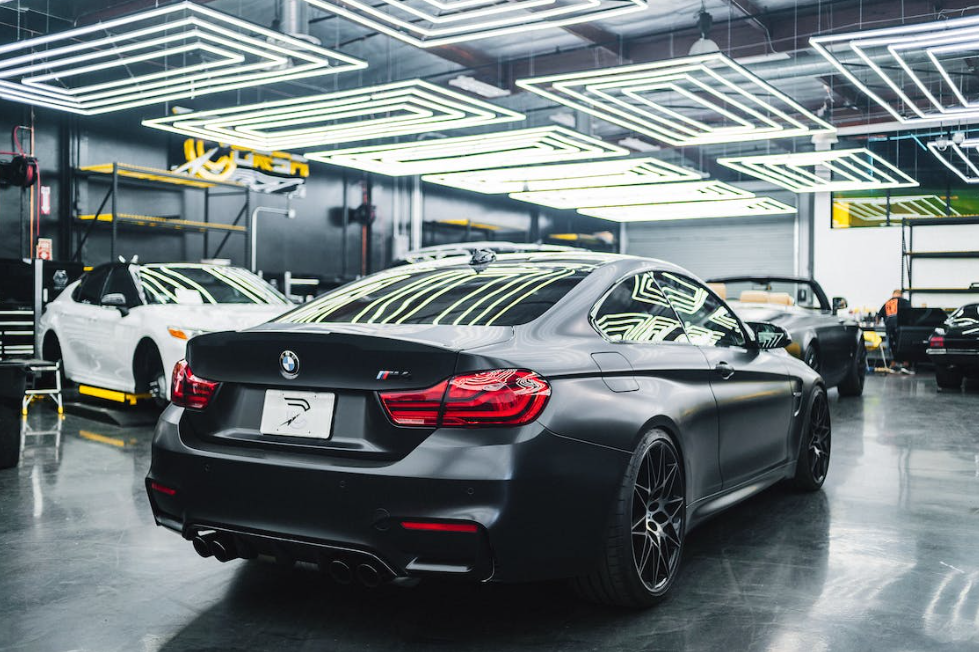Unraveling the Battle of Horsepower vs Torque
Two words typically take center stage when discussing the performance of cars: horsepower and torque. The distinction between these two measurements and their importance in assessing a vehicle's power sometimes confounds both casual drivers and many automobile aficionados. We shall explore the definitions, methods of measurement, and effects of horsepower and torque on a vehicle's performance in this blog article. By the conclusion, you'll have a thorough grasp of these significant factors and be better able to recognize their significance in the automobile industry.

What is Horsepower and Torque?
When it comes to engine power, the conflict between horsepower and torque is a hotly disputed issue. The power unit known as horsepower (hp) measures how quickly work is completed. The term "horsepower" refers to an engine's capacity to generate power in an automobile engine. The engine's overall output and capacity to do the task in the allotted time are measured.
To comprehend the performance of a vehicle, torque curves serve as valuable tools. They illustrate the torque output of an engine at various speeds, facilitating comparisons between different engines. Furthermore, horsepower and torque calculations enable the estimation of a vehicle's acceleration and top speed. Ultimately, the driver's preference and intended performance goals determine whether horsepower or torque holds greater significance.

Torque signifies the engine's twisting force, while horsepower represents the engine's power output. In simple terms, torque gets the vehicle in motion, while horsepower determines the engine's ability to sustain that motion efficiently.
Although both horsepower and torque are vital, they have slightly different roles in a vehicle's performance. Torque plays a critical role in acceleration, towing, and conquering steep inclines. On the other hand, horsepower gains significance as speed increases.
It's critical to understand that both horsepower and torque can vary depending on the size, design, and other elements of the engine. The torque and horsepower characteristics of various engines cause substantial changes in a vehicle's performance under varied conditions.
Horsepower:
Horsepower provides an indication of the engine's overall power output. Higher horsepower generally translates to increased speed potential and the ability to sustain higher velocities. When comparing vehicles, higher horsepower often suggests faster acceleration and better performance at higher speeds. It's important to note that horsepower is not solely about top speed but also influences the vehicle's ability to handle heavy loads or challenging driving conditions.
Torque:
Torque represents the rotational force generated by the engine. It plays a crucial role in acceleration, towing, and overcoming resistance. Higher torque at lower engine speeds (low-end torque) results in improved initial acceleration and the ability to tackle steep inclines or challenging terrains. Vehicles with high torque ratings are often preferred for tasks that require strong pulling power, such as towing trailers or hauling heavy loads.
Power Band:
The power band refers to the engine's operating range where it delivers optimal performance. Engines with a broad power band can provide ample torque and horsepower across a wide range of engine speeds. This allows for more flexible and responsive driving performance. Understanding the power band is crucial as it indicates where the engine performs most efficiently and where peak torque and horsepower are reached.
Transmission and Gear Ratios:
The transmission and gear ratios play a vital role in harnessing and translating the engine's power to the wheels effectively. Properly matched gear ratios ensure the engine operates within its ideal torque and horsepower ranges. This optimization enables optimal acceleration, efficient fuel consumption, and maximizes the overall performance potential of the vehicle.
Weight and Aerodynamics:
While horsepower and torque are significant considerations, it's also critical to take the vehicle's weight and aerodynamics into account. To function at the same level as lighter ones, heavier cars can need more power. The engine can run more effectively and efficiently by minimizing air resistance thanks in part to aerodynamic design.

Sedans and Compact Cars:
For everyday commuting and city driving, sedans and compact cars with moderate horsepower and torque ratings are often sufficient. These vehicles prioritize fuel efficiency and comfort over high-performance capabilities. Adequate torque at lower engine speeds can provide smooth acceleration in traffic, while a reasonable amount of horsepower ensures comfortable highway cruising.
Sports Cars and Performance Vehicles:
Sports cars and performance vehicles are designed for exhilarating driving experiences. They typically feature high horsepower and torque ratings, allowing for rapid acceleration, impressive top speeds, and dynamic handling. These vehicles prioritize power and performance, often utilizing powerful engines and advanced drivetrain systems to optimize the balance between horsepower and torque.
SUVs and Crossovers:
SUVs and crossovers are available in a variety of sizes and are frequently utilized for a variety of activities, such as off-road excursions, towing, and family transportation. Higher torque ratings are sometimes advantageous for larger SUVs and those built for towing or off-road use, allowing them to manage hefty loads or navigate difficult terrain. For merging onto highways, passing other vehicles, and sustaining greater speeds, adequate horsepower is also crucial.
Trucks and Pickup Trucks:
Trucks and pickup trucks are frequently utilized for work-related activities, transportation, and towing. These vehicles typically require substantial torque for tasks such as towing trailers, carrying heavy payloads, or conquering steep gradients. High torque ratings at low engine speeds are especially beneficial for maintaining power under load. Adequate horsepower is also essential for highway driving, particularly when hauling heavy loads.
Electric Vehicles (EVs):
Electric vehicles have unique powertrain characteristics, with instant torque available from the moment you step on the accelerator. While EVs may have lower horsepower ratings compared to traditional internal combustion engines, their high torque output can provide impressive acceleration and responsiveness. Additionally, electric motors deliver torque more efficiently, resulting in smooth and consistent power delivery.
-
How do transmission and gear ratios affect horsepower and torque?
The transmission and gear ratios play a crucial role in harnessing and translating the engine's power to the wheels effectively. Properly chosen gear ratios can optimize torque delivery, allowing the engine to operate within its ideal range and maximize acceleration or towing capabilities. Gear selection affects the engine's ability to maintain its power band and utilize available horsepower and torque effectively.
-
Are horsepower and torque different in electric vehicles (EVs)?
Electric vehicles have unique powertrain characteristics. While they may have lower horsepower ratings compared to internal combustion engines, they typically offer instant and maximum torque from the start due to the nature of electric motors. This characteristic results in quick acceleration and responsiveness, providing a different driving experience compared to traditional gasoline-powered vehicles.
View another article here: The 10 Best Car Seat Cushions For Sciatica Of 2023













